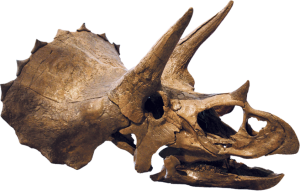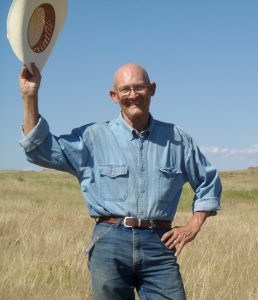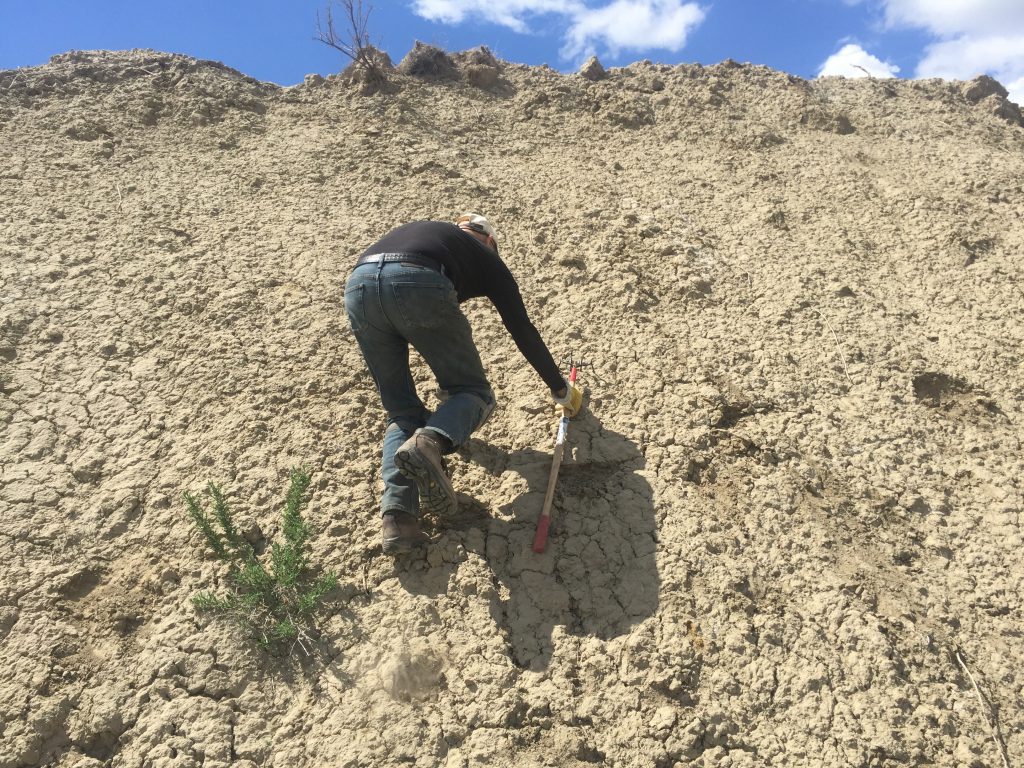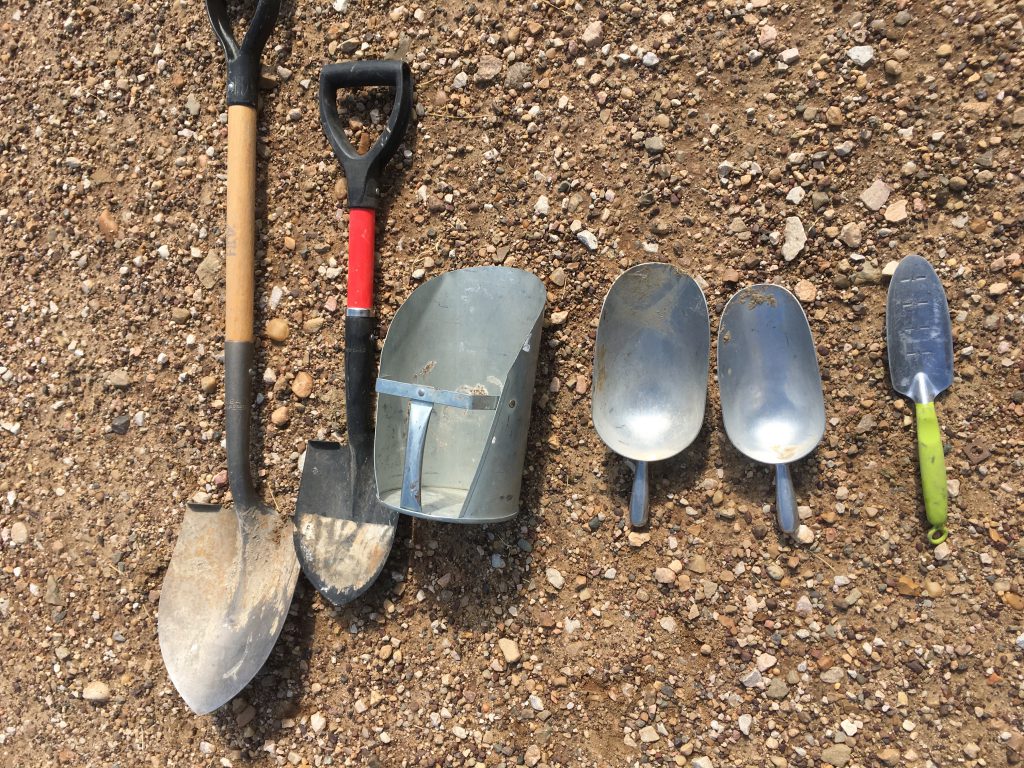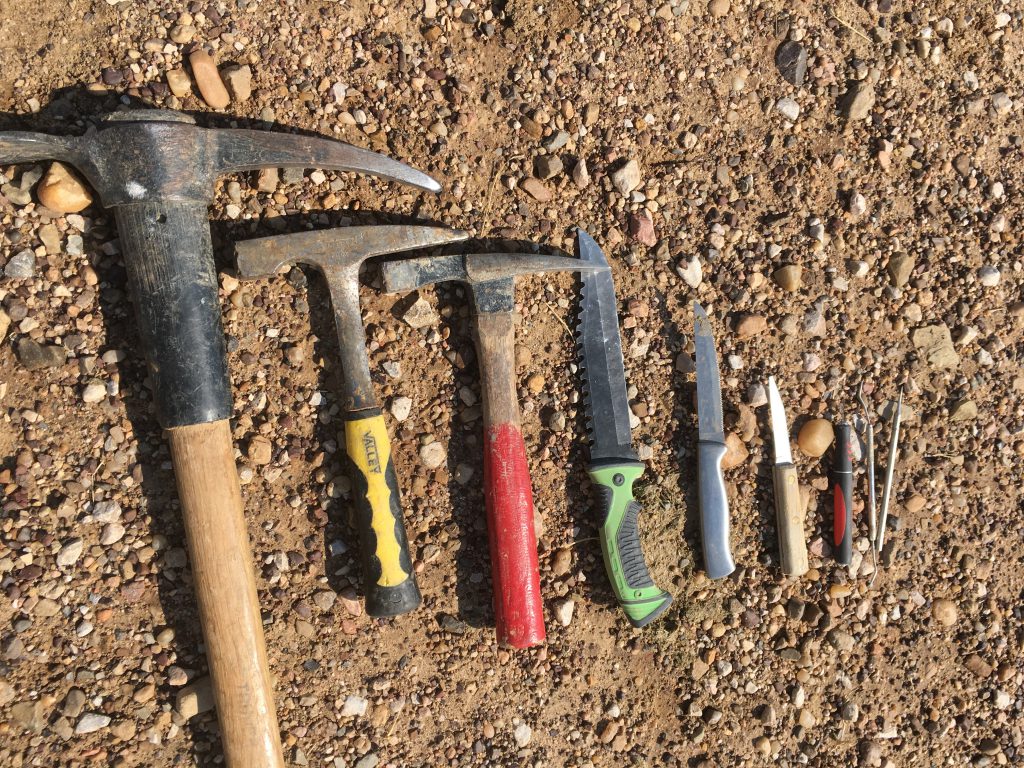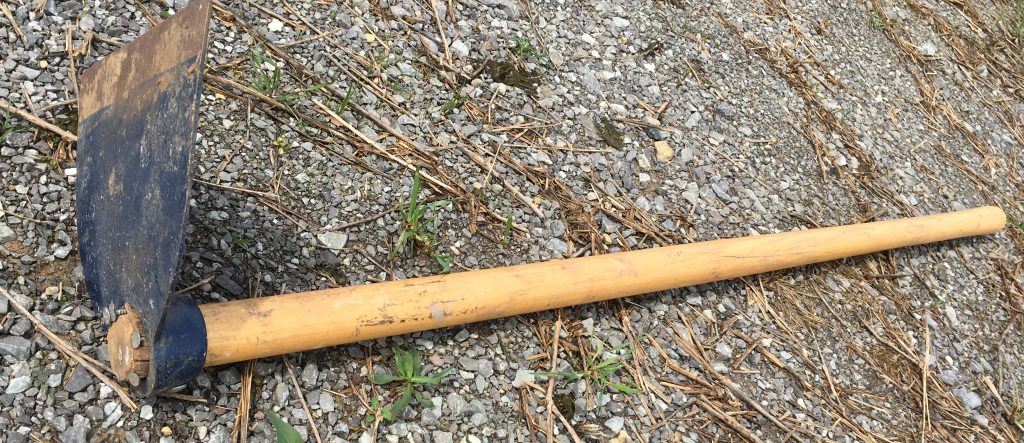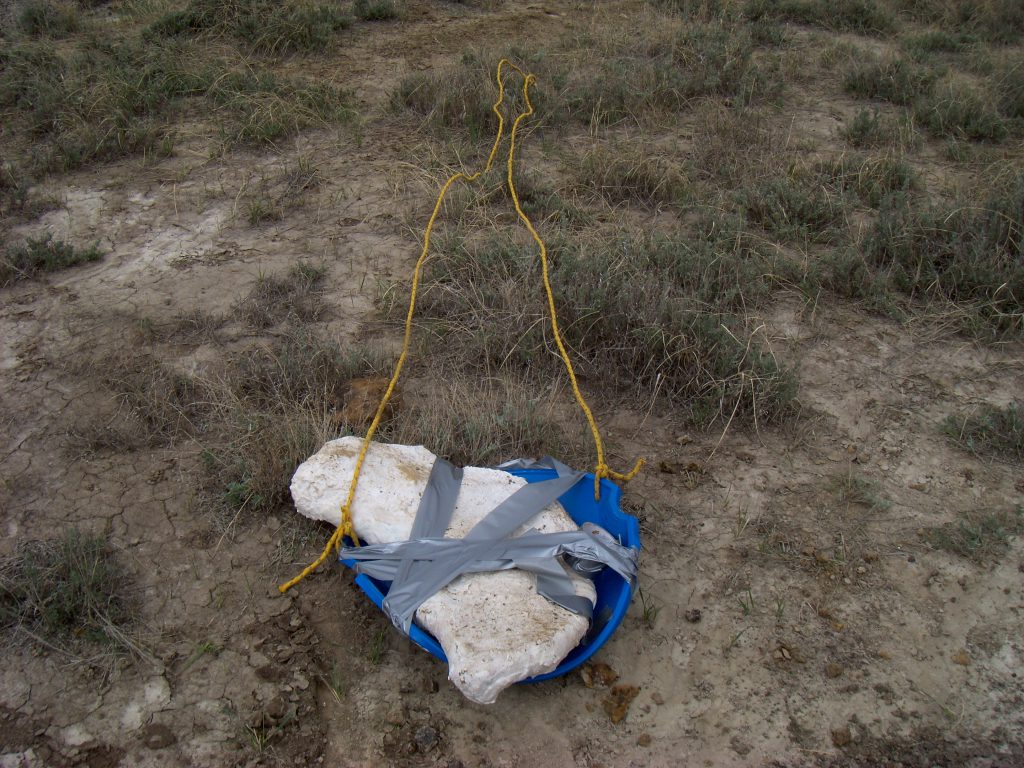When I return home from an expedition I always go through a personal debriefing. I ask myself what I wish I had taken and did not, for what do I need a backup, or of what do I need to take double next time. Each trip my list grew. I think about backups for every thing and I try to think of what could go wrong.
I pack heavy because I want to have the right tool with me. You need to be flexible and adaptive. Think of the little things. If you go where dinosaur fossils can be found, you will not be in a country of “just run down to Home Depot”, rather the country of “You’re on you own!”
I have been a mile out on a hike when I found a good specimen that I needed to stabilize. I got my CA glue out only to find I could not remove the cap. It was frozen tight. From then on I check all my caps before I leave the Van and I carry two small pliers in my pack just in case. It’s a long walk back for what I could have prevented.
After several years and many mistakes I developed a checklist that fits me. I know that if I can check off every item when I prepare for the next trip, I will be covered for most potential issues in the field.
Click here to see my Checklist of Equipment.
I found a more extensive checklist on line at: http://preparation.paleo.amnh.org/assets/Fox_Field_Equipment_Checklist.pdf
Most of the items on my checklist are self-explanatory. I want to offer an explanation of those that may seem odd or are not covered else where on this site. Some will not make sense until you read later sections.
Walking Stick
My favorite and most useful hiking tool is my walking stick. I make it from a potato rake or garden cultivator.
First, I use the rake as a walking stick; forks down. I cut the shaft down to fit my height. The prairie areas I hike are never truly flat, and I’m always walking on or between clumps of grass and sedges or in a field of fist size rock rubble. My foot toggles side to side as you walk, and the stick helps my walk.
Second, and most important, I use the rake as the stabilizer when I hike sideways on those 30-45% slopes. I always want to keep my center of gravity to the slope side of my feet. So, as I walk, I brace myself against the slope with the rake out stretched. This gives me a third leg and makes for a three-point contact. If my feet do slip out, I am already leaning the right direction. I am also closer to the ground so I just fall or sit down on my rump. I avoid any position or situation where I would need to lean my weight down slope.
I grind the rake forks tips into sharp points so that they will dig into dry shale more easily. I also spread out the outer two fork blades. If I need to go down a steep bank, I dig the claw head into the matrix and let your boots slowly slide down. I sit down if necessary, reset the claw and repeat.
Third, I use the rake as a climbing tool. When I need to scale up a steep slope, I hold the rake near the top of the shaft as I climb up. The forks dig in and help me get a better grip on the hard slope. An additional spike can be added to the handle end to give you a double ended climbing aid.
Forth, when I dig out an area in a slope I accumulate a large pile of tailings, which get in the way. If I stand over the pile, I can quickly rake the debris back through my legs and out of my way down the slope.
Fifth, if I find an interesting rock, I can rake it up to examine it without constantly bending over.
Digging Tools
I carry digging tools that range in size from a pick axe, to a rock hammer, to a chisel head hammer, large buck knife, smaller knife, exacto knifes and a supply of dental picks and tweezers.
Measuring Rod: The standard metal ribbon tape measure can be awkward to use over longer reaches, especially if you have no one to hold the dangling end. The band always bends and buckles the further it is extended. I got tired of this, so I devised a stiffer measurement tool. I purchase a $10 telescopic fiberglass fishing rod from Wal-Mart. I use the 12-16 foot rods. I fully extend the rod and wrap thin strips of white tape around the shaft every foot. I estimate the inches in between. When needed I just sling the rod out, lay it across the gap from bone end to a flag or grid marker and note the distance. It is lightweight and never buckles. Yes, you can always use the measuring tool on you iphone.
Batteries: I carry spare lithium batteries in my pocket or back pack for both the SPOT locater and my GPS unit.
Hoe: I often bring a wide blade hoe I call my Cactus Killer. If I travel off road and then off trail with a smaller vehicle I can damage the sidewalls of tires when I drive over cactus. I have developed flats in the worst possible locations. I am now prepared to crave out a “cactus free” off road path when needed.
Scoops & Shovels: I carry several ice scoops with handles and a grain scoop to remove the loose matrix from around a specimen as I dig.
Poly Bags: I find small zip bags to be useful for small fragments. I often find a major bone with small broken fragments that I cannot replace at the time. I bag them up, label as the bone and place the bag on the bone before I cover it with a plaster cast.
Pallet Straps: I use the small ratchet type straps to tighten my gear into the travel crate or to hold a heavy cast onto my fossil sled for transport from the field.
Binoculars: I carry a very small 12X25 unit in the field, so I can get a better view of a distant slope before I invest a hike.
Sled: This is a simple round plastic sled kids use in snow. Photo: See Cast on a Sled.
Tire Pump/Booster: One flat in the field is all it takes to change your habits. (Cactus)
Tire Chains: After one bad experience on wet bentonite, I carry tire chains just in case. Never again!!!
Battery Charger: I carry a back up auto battery or charging system just in case.
Gas Can: My digs are so far away from any fuel supply. I always carry along a full 5-gallon supply of gas. I rarely use it but it often helps extend my time in the field.
Bug Screen: My van can absorb a lot of heat during the day and it does not cool down quickly. To leave the door and window open, the mosquitoes can be a big problem. I have spent many hot nights stripped to my shorts under my 3’ x 8’ sheet of plastic window screening.
Air Beds: I have a slot in the van for my airbed. I buy the narrowest version at 28” wide. I always carry a back up spare because they tend to leak easily and the hard metal floor is always an uncomfortable wake up call.
